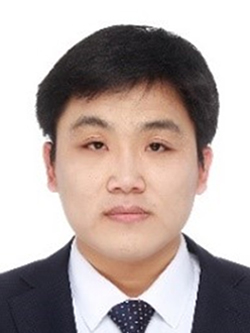
Dr. Litao Zhu
Department of Chemical and Biological Engineering, University of British Columbia;
Department of Chemical Engineering, Shanghai Jiao Tong University.
E-mail : lzhu14@mail.ubc.ca
Litao Zhu received his B.S (2014) in Chemical Engineering from Dalian University of Technology, M.Eng (2017) and Ph.D (2021) in Chemical Engineering from Shanghai Jiao Tong University. His research interests are Multiphase flows & reactors, Heat and mass transfer, Blood flow, Multiscale CFD modeling, Data-driven modeling/analytics, Machine learning. He published over 30 peer reviewed papers in international scientific journals (>20 first/corresponding author articles), e.g., AIChE J., Chem. Eng. Sci., Ind. Eng. Chem. Res., Chem. Eng. J. He received three invited talks and was invited to review papers for many scientific journals. He won the ‘CPCIF-Clariant Clean Tech Award’, the Canada's prestigious ‘Banting Postdoctoral Fellowships’, the ‘Outstanding Doctoral Graduation Award of Shanghai’ and the ‘Excellent Student Presentation Award’, etc. Recently, he was invited as Guest Editor of a special issue of Ind. Eng. Chem. Res. on ‘Machine Learning and Data Science in Chemical Engineering’.
Title: Data-driven analytics to inform forces and torques in particle-laden flows
Abstract: This talk will present recent advances in modeling of mesoscale/microscale hydrodynamics, heat transfer and chemical reactions in particle-laden flows using the data-driven method and the ML-augmented method. In particular, we will introduce a microstructure-based probability-driven point-particle model (MPP) and a physics-informed neural network (PINN) model that can predict particle-to-particle force and torque fluctuations in a fixed bed of randomly distributed monodisperse spheres. Note that the above models incorporate the effect of local neighborhood of particles. We will discuss in detail how to leverage the statistical information obtained from particle-resolved direct numerical simulations (PR-DNS) to establish force/torque conditioned probability distribution maps that can be used as basis functions for regression. Moreover, we will present ideas and undergoing implementations on further extension development of the above MPP. The ultimate goal is to apply the constructed MPP model for Eulerian–Lagrangian simulations.